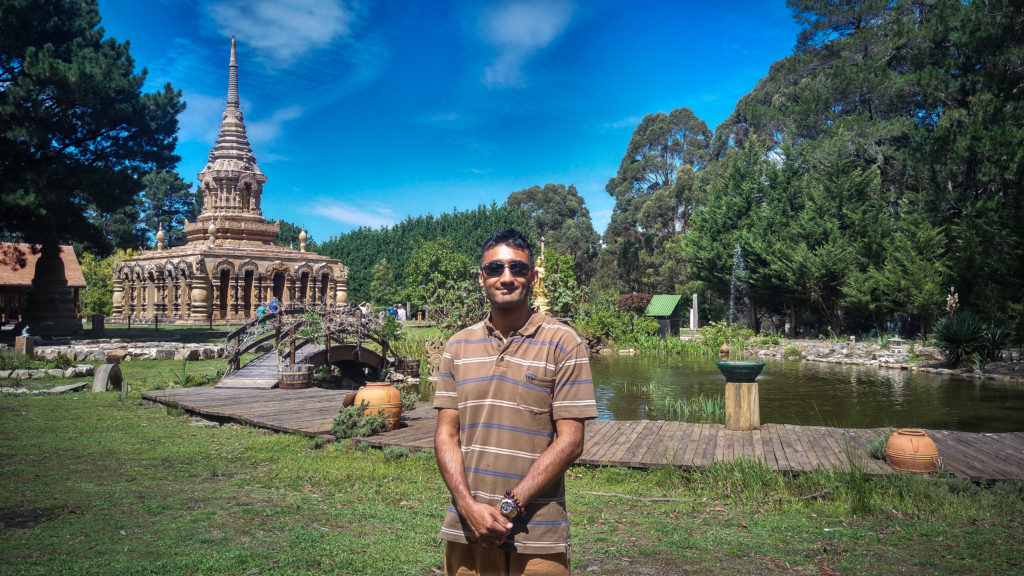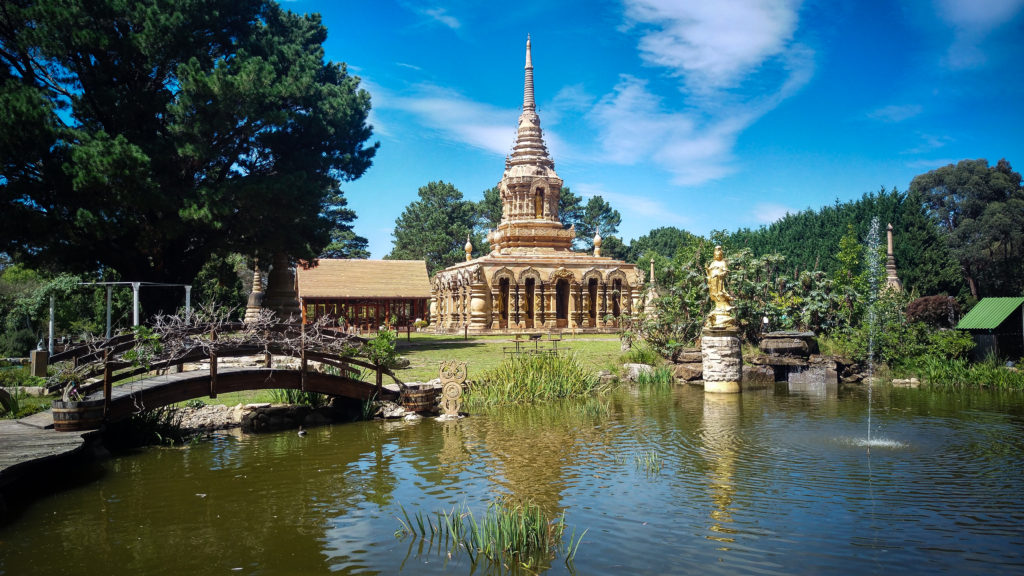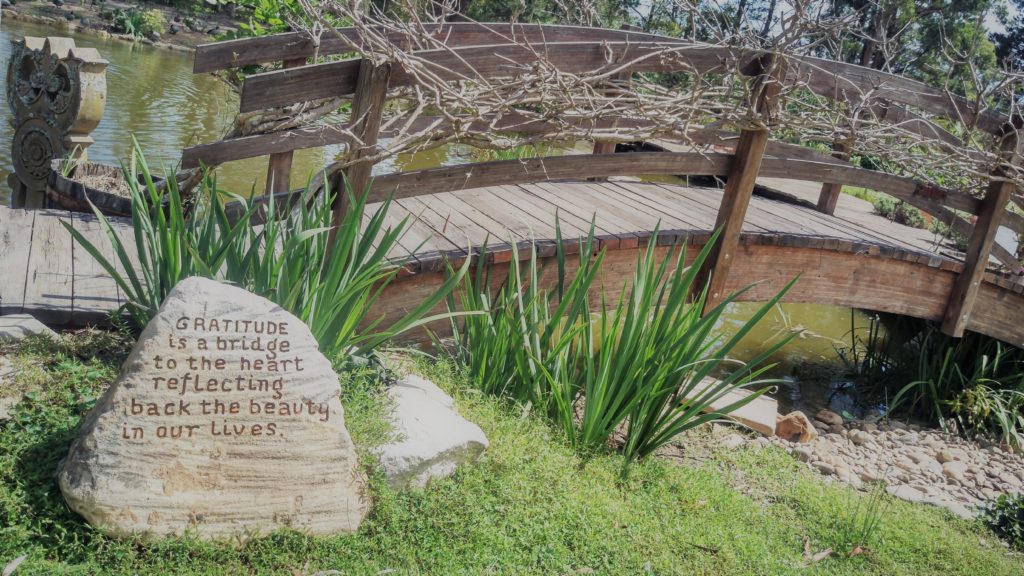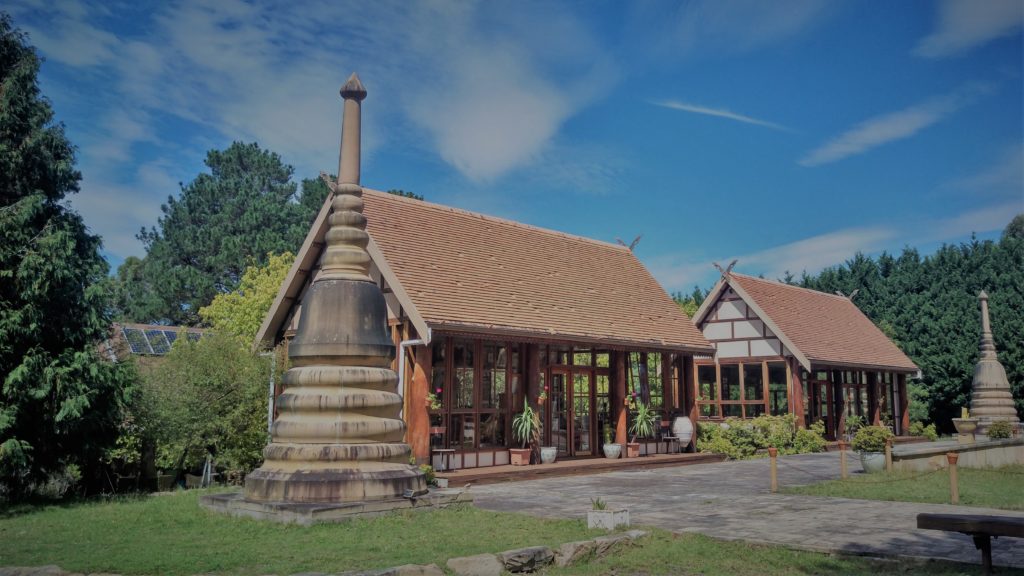Your mind is generating a continuous flow of thoughts, feelings and emotions. Meditation practice does not stop these functions but provides methods and techniques for letting them go, and therefore leading us to seeing the true nature of things.
The foundation of all meditation training is the cultivation of a calm and positive state of mind. Every experience that we encounter is through our mind, by training our mind we can change the quality of this experience.
The difference between ordinary meditation and Buddhist meditation is Mindfulness.
Mindfulness is the link between meditation practice and everyday life. This type of meditation practice improves our awareness, develops the qualities of calmness, and emotional positivity.
For the “formal practice” time, sit on a cushion on the floor, or on a chair, with straight and unsupported back. Pay close attention to the movement of your breath. When you breath in, be aware that you are breathing in, and how it feels. When you breath out, be aware you are breathing out. Do like this for the length of your meditation practice, constantly redirecting the attention to the breath. Or you can move on to be paying attention to the sensations, thoughts and feelings that arise.
Your mind will get distracted into going along with sounds, sensations, and thoughts. Whenever that happens, gently recognise that you have been distracted, and bring the attention back to the breathing, or to the objective noticing of that thought or sensation. There is a big different between being inside the thought/sensation, and simply being aware of it’s presence.
It is important that we integrate and apply this practice into our "daily life". There is no point in being calm on the cushion but out of control throughout the day. Mindfulness can be applied in every situation such as:
- cleaning the house
- eating your meal
- gardening
- karate practice
- listening to others
- walking and etc.
For "daily life" meditation, the practice is to pay attention to what is going on in the present moment, to be aware of what is happening – and not living in "auto pilot". If you are speaking, that means paying attention to the words you speak, how you speak them, and to listen with presence and attention. If you are walking, that means being more aware of your body movements, your feet touching the ground, the sounds you are hearing, etc.
These are all opportunities for mindfulness and being aware of the present moment.
I highly recommend the Thai forest Buddhist monastery in the Southern Highlands, NSW, Australia. This is a place where you can learn and apply Buddhist teachings to add inner peace in your daily life. They are called Sunnataram Forest Monastery.
Motives for learning meditation vary. My motive is to improve my concentration for work, Karate, general being, and also for calmness and peace of mind. With regular practice meditation has helped me find what I was looking for, and I'm still practising alongside my lovely wife.
Successfully practising mindfulness meditation involves being comfortable, tuning in to yourself and finally emptying your mind.

Like any martial arts, meditation requires practice, persistence and patience.

Sunnataram Forest Monastery in Bundanoon NSW

Gratitude Bridge

Library
How to Meditate






